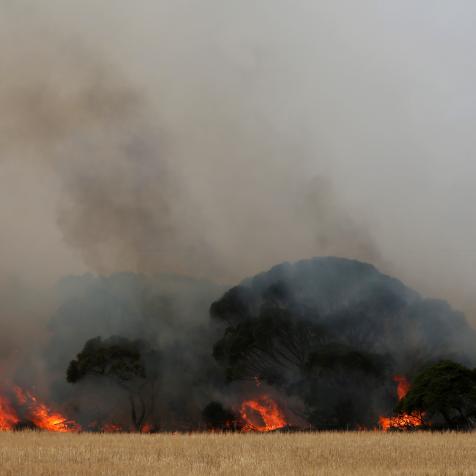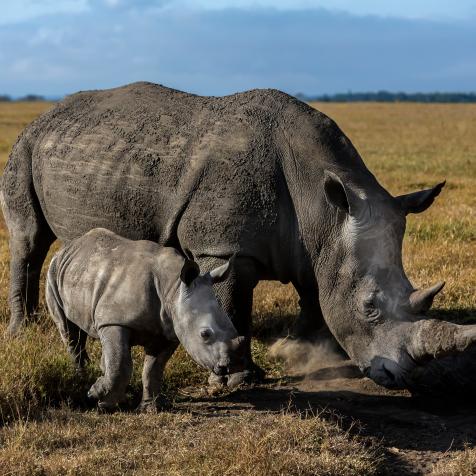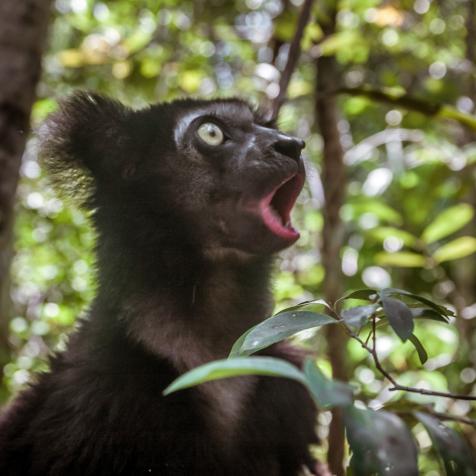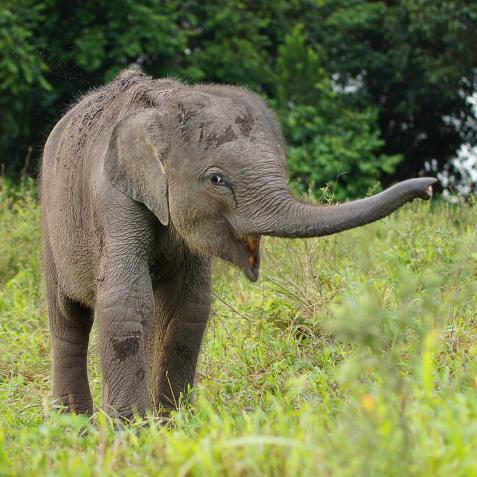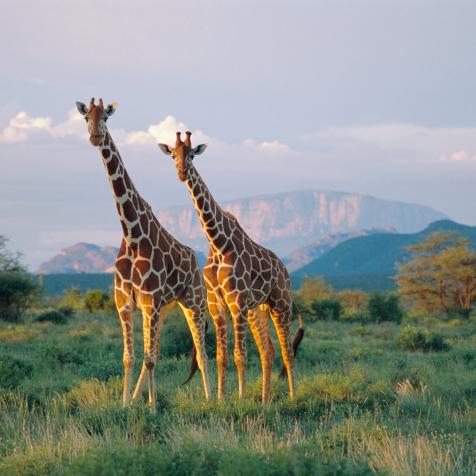
Hindustan Times
Locust Swarms Plague India
With New Delhi, India on high alert after a nearby swarm of locusts, this terrifying natural phenomenon is enabled by ever-changing climate conditions and unique species behaviors.
Swarming locusts are one of nature’s most terrifying and awe-inspiring natural phenomenons. North and East Africa have seen a plague of these voracious crop-eating insects in the past year. Their numbers have swelled to billions and their ability to travel up to 90 miles (150 km) in a day makes them a threat to regional food security.
Old Pests & New Threats

BANARAS KHAN
Swarms of locusts flying in a residential area in the southwestern Pakistani city of Quetta on June 26, 2020. - Farmers are struggling as the worst locust plague in 25 years wipes out entire harvests in Pakistan's agricultural heartlands, leaving people scrambling for income.
Locusts are the oldest migratory pest in the world and they have an unmatched appetite among insects, said the United Nations Food and Agricultural Organization (FAO). In Kenya, a desert locust swarm – the most devastating of all locust species – measuring 37 miles long and 25 miles wide swept across northern and central counties decimating plants and food crops, the worst infestation in 70 years.
In areas where people rely on agriculture for their livelihood or simply for survival, the threat of famine caused by locusts is reality. Typical desert locust swarms can contain up to 150 million insects per square kilometer. The FAO estimates that each square kilometer can eat as much in one day as 35,000 people.
Insect numbers are driven primarily through climatic conditions. Periods of drought followed by heavy rains and flooding often lead to a population explosion. As dry, arid conditions give way to rapid plant growth, the locusts find a ready food source and ideal conditions to breed and lay their eggs in damp soil.
Desert locusts are a type of grasshopper but as their population density increases their behavior changes. Serotonin in their brains trigger mutual attraction and breeding. They become gregarious rather than solitary insects, forming large mobile groups of wingless nymphs and then winged adults that can fly long distances on reaching maturity. Both stages form swarms that strip local vegetation and then move on to the next food source.
Swarms will feed on any kind of green vegetation. They are polyphagous and eat shoots, stems, leaves, bark, flowers, fruits, and seeds. As plant matter ferments in the locust’s gut, it produces a substance called guaiacol, one of the main components in a pheromone that causes the insects to swarm.
Each adult can eat its own weight (about 2 g) in vegetation each day. To put it in perspective, a swarm the size of Paris will consume the same amount of food in one day as half the population of France.
The Devastation

Bloomberg Creative
A swarm of desert locust sits on a plant in Kenya.
Numbers increase 20-fold in each generation of three months, so in six months, populations can reach 400-times their original size. The last major outbreak between 2003-2005 cost more than $500 billion to control across 20 African countries and saw more than $2.5 billion in harvest losses.
The recent infestation in Africa started at the India-Pakistan border and then migrated into Somalia and Ethiopia, ravaging 71,000 hectares of farmland in the two countries, before hitting Kenya. In the areas most-affected by desert locusts – northern and central Africa, up to southern Russia, and across to China – this affects subsistence farmers most of all. “There is an unprecedented threat to food security and livelihoods,” said the FAO.
There are many species of locust worldwide, but the desert locust (Latin name Schistocerca gregaria) is only found in Africa. About a dozen swarm-forming species occupy the belt stretching from North Africa to China, or 20% of the world’s land.
The FAO runs a Locust Watch service that includes roving inspectors with handset devices, drones to survey activity and satellite links, and European Space Agency and NASA satellites, to monitor weather, vegetation growth, and locust populations. Advanced warning allows countries to selectively spray infested areas with insecticide.
But the growing interest in biopesticides, that selectively kill locusts and grasshoppers rather than all insects, could lessen the environmental impact. The fungus Metarhizium acridum is toxic to locusts and, though it takes longer to work, applied at the right time helps to control populations before they become a problem.










